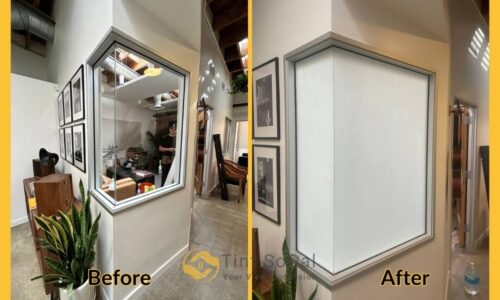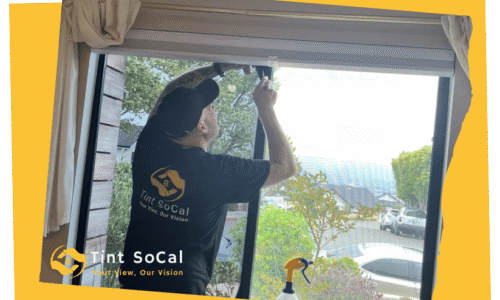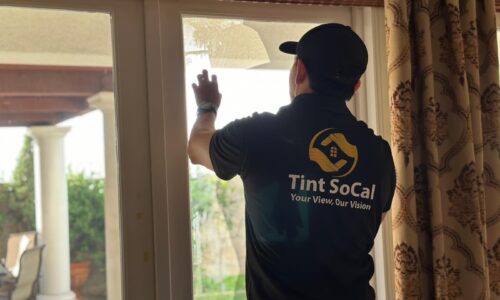In the competitive landscape of business operations, optimizing every aspect of your infrastructure for cost-efficiency and functionality is crucial. One such aspect, often overlooked, is the choice between tinted and untinted windows in commercial buildings. This article delves into the cost-benefit analysis of commercial window tinting, providing a comprehensive guide to help business owners make an informed decision.
The concept of window tinting is not new but its adoption in commercial spaces is gaining momentum. Beyond the aesthetic appeal, window tinting serves multiple functional purposes, from enhancing privacy to reducing energy costs.

The Basics of Window Tinting
Window tinting involves applying a thin film to the glass, which can vary in opacity and color. Its primary function is to reduce the amount of sunlight and heat entering the building.
Importance for Businesses
For businesses, the implications of window tinting extend beyond just sun control. It’s about creating a conducive work environment, ensuring privacy, and significantly cutting down on operational costs.
The Advantages of Tinted Windows
Energy Efficiency and Cost Savings
One of the most compelling arguments for tinted windows is the potential for energy savings. By blocking out a portion of the sun’s rays, businesses can reduce the need for air conditioning, leading to lower electricity bills.
Enhanced Privacy and Security
Tinted windows provide an additional layer of privacy and security, a necessity for businesses dealing with sensitive information or seeking to protect their assets.
UV Protection and Furniture Preservation
The UV filtering capabilities of tinted windows help in preserving the condition of furniture, carpets, and artworks, by preventing fading and damage over time.
Aesthetic Appeal and Value Addition
Beyond functionality, tinted windows can enhance the building’s exterior aesthetics, potentially increasing its market value.
The Case for Untinted Windows
Natural Lighting and Visibility
Untinted windows offer unobstructed views and maximize natural lighting, which can improve mood and productivity in the workplace.
Cost Considerations
The initial investment for untinted windows is generally lower, a critical consideration for businesses with limited budgets.
Aesthetic and Design Flexibility
For some architectural styles or business types, the clear appearance of untinted windows may be more fitting or desirable.
Conducting a Cost-Benefit Analysis
Initial Costs vs. Long-Term Savings
While tinted windows involve upfront costs, the long-term savings on energy bills and interior maintenance can outweigh the initial investment.
Impact on Property Value
Enhancements like window tinting can improve a property’s appeal to potential buyers or renters, potentially increasing its value.
Return on Investment (ROI) Calculation
Analyzing the ROI of window tinting involves considering energy savings, maintenance costs, and the potential increase in property value.
Real-Life Application and Case Studies
Businesses that have opted for tinted windows report significant reductions in energy costs, alongside improvements in employee comfort and productivity.
Expert Opinions and Recommendations
Industry experts advocate for a tailored approach, considering the specific needs and circumstances of each business when deciding between tinted and untinted windows.
Conclusion
Choosing between tinted and untinted windows for commercial buildings boils down to a balance between immediate costs and long-term benefits. Businesses must evaluate their priorities, be it energy efficiency, aesthetics, or budget constraints, to make the best choice.






